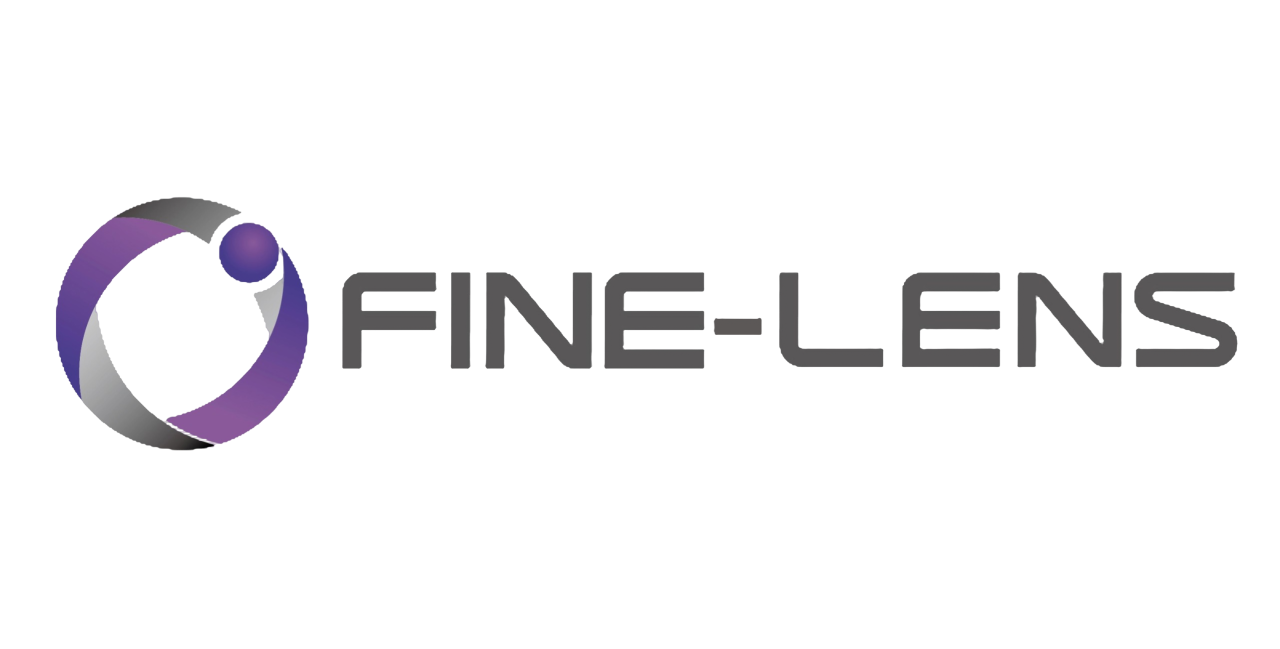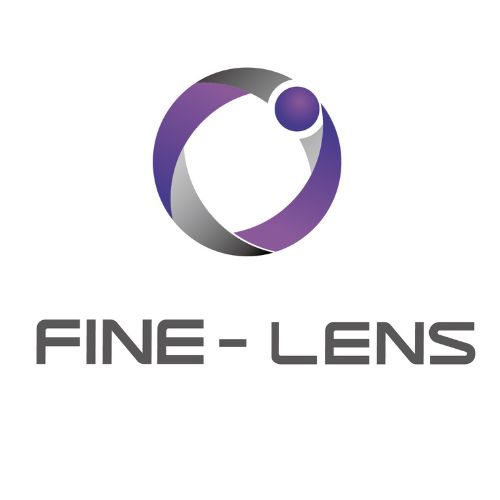
Analysis Of Demand Trends Of Industrial Lenses
As a core component of industrial automation, machine vision, and intelligent manufacturing, the market demand for industrial lenses will continue to evolve with the upgrading of technology and the expansion of application scenarios. The following is an analysis of the main trends in the market demand for industrial lenses in the next few years:
1. Intelligent manufacturing and industrial automation drive high-precision demand
Industry 4.0 and flexible manufacturing: Intelligent manufacturing requires higher flexibility and real-time detection capabilities of production lines, which drives industrial lenses to develop toward higher resolution and faster frame rates to meet the needs of small defect detection (such as semiconductor wafers and precision electronic components).
Popularization of robot vision: The widespread application of collaborative robots (Cobots) and AGVs (automatic guided vehicles) requires lenses with wide dynamic range (WDR) and low distortion characteristics to adapt to precise positioning in complex light environments.
The rise of 3D vision technology: The popularity of 3D structured light and ToF (time of flight) has driven the demand for multi-lens and laser ranging lenses for scenes such as object 3D modeling and size measurement.
2. Technology upgrades drive lens performance iteration
Ultra-high-definition and high-speed imaging: The demand for 4K/8K resolution and 1,000-frame high-speed video is growing (such as high-speed production lines and material deformation analysis), driving the optical design of lenses (such as low-dispersion glass and aspherical lenses) and the improvement of anti-vibration capabilities.
Intelligent integration: Deep integration of lenses and AI algorithms, such as adaptive focusing and automatic aperture control, reduces manual intervention and improves detection efficiency.
Multi-spectral and special band imaging: The demand for special band lenses, such as ultraviolet (UV), infrared (IR), and polarized light, is increasing. These lenses are used in food sorting (foreign body detection) and semiconductor defect detection (ultraviolet imaging).
3. Diversified expansion of application scenarios
The new energy industry is booming: Defect detection in the production of lithium batteries and photovoltaic panels (such as electrode coating uniformity and silicon wafer cracking) requires high-resolution and large depth of field lenses.
Life sciences and medical care: Pharmaceutical packaging inspection and medical equipment assembly in the pharmaceutical industry place higher requirements on the cleanliness and anti-pollution performance of lenses.
Agriculture and logistics: Agricultural product sorting and warehouse automation (such as package volume measurement) promote the popularization of low-cost and durable lenses.
4. Reliability requirements in special environments
Adaptability to extreme working conditions: High temperature (such as metal casting), high humidity (food processing), strong vibration (vehicle-mounted inspection) and other environments require lenses to be dustproof, waterproof (IP67/IP69K), and corrosion-resistant.
Long life and low maintenance: The high requirements for equipment stability in industrial scenarios promote the upgrade of lens materials (such as all-metal structures) and coating technology to reduce light decay and wear.
5. Miniaturization and lightweight trends
Embedded vision systems: UAV inspections and portable inspection equipment require smaller and lighter lenses (such as M12 interface lenses).
Modular design: The integrated integration of lenses, cameras, and light sources (such as smart cameras) reduces deployment complexity and improves cost-effectiveness.
6. Differentiated demand in regional markets
Growth in emerging markets: The manufacturing upgrade in the Asia-Pacific region (especially China and India) has driven the demand for mid-range lenses, and local manufacturers have seized market share through cost-effective products.
High-end market in Europe and the United States: The demand for customized lenses (such as large target area and ultra-telephoto) continues to grow, focusing on high-end fields such as semiconductors and aerospace.
7. Balance between cost and performance
The sinking of the low-end and mid-end markets: Small and medium-sized enterprises tend to choose economical lenses for automation transformation, promoting the large-scale production of standardized products.
Technical barriers in the high-end market: High-end lenses (such as billion-pixel and nano-level detection) are still dominated by international brands (such as Schneider, Zeiss, and Edmund Optics), but domestic substitution is accelerating (such as Zhongrun Optics and United Optoelectronics).
8. Sustainable development and green manufacturing
Application of environmentally friendly materials: The use of lead-free glass and recyclable materials has gradually become an industry standard.
Energy consumption optimization: Low-power design (such as electric lens drive technology) meets the energy efficiency requirements of green factories.
Summary
The market demand for industrial lenses in the future will present the composite characteristics of ‘high precision + intelligence + scene customization’, and it is necessary to find a balance between performance, cost, and reliability. Manufacturers need to focus on technology adaptation in emerging fields such as new energy, semiconductors, and biomedicine, and enhance their competitiveness through software and hardware collaboration (such as optimizing optical parameters using AI algorithms).

